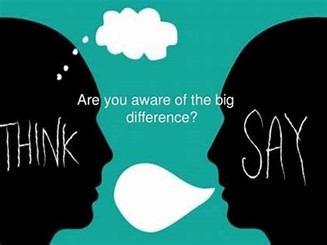However, the foundation remains the same as the world around us continues to evolve. Business culture is an absolute necessity for:
- The employers
- The employees
- The customers
- Any association with a business
Here are the vital facts you need to know about business culture:

What Does Business Culture Mean?
Business culture is a vital component in terms of business and its production. The culture of business has a significant impact on strategy, implementation, and the success of a business.
Business culture is comprised of what makes each specific business tick. For example:
- How the business functions
- What rules are there
- Which behaviors are considered acceptable—or not
- What professional and social conduct is acceptable—or not
- How the business establishes relationships within the business and with consumers
- How the business adapts to different and unique cultural differences
- How the business negotiates
Two Types of Business Culture
There are two distinct types of business culture. They include:
- Low context cultures
- High context cultures

Low context cultures
Low context cultures typically have partners clearly depicting what it is they are saying. Their language is clear, direct, concise, and easily understood. North America is a great example of a country that embodies a low context culture.
Further aspects of low context cultures include but are not limited to:
- Requires attention to the literal meanings of words—not just contextual
- Communication is straightforward and clear
- No interpretation is necessary
- Repetition is enacted to drive the message to clarity
- The purpose of the message is prioritized over the interpersonal relationship building
- Logic, facts, and directness are included throughout the messages
- Summarizing key points of the message to further drive the message through
- No room for confusion
- Clear expectations set
High context cultures
High context cultures—such as in the country Japan—require more analytical nature in deciphering messages and communication. More room for interpretation and confusion exist as context is focused on more than the actual language itself.
Additional concepts of high context cultures include but are not limited to:
- Communication is not direct—it is layered, implicit, and ambiguous
- Non-verbal cues are utilized versus the literal approach including gestures, facial expressions, and eye movement
- The true and literal intent of the meaning is not conveyed verbally as it is required to interpret the message based on the context
- The focus is prioritized on the creating and maintaining of long-term interpersonal relationships
- No summarization of key concepts or follow-ups

How to Effectively Work with People from High and Low Context Cultures
The most important aspect of communication between both high and low context cultures is to be mindful. Cultural civility is a necessity to keep a respectful, efficient, and appreciated work environment.
Here are several proven strategies to effectively communicate with both high and low context cultures:
Identify your own communication style
In order to be successful in navigating through different communication styles other than your own, you must first identify and develop your own. Whether you strategically and logically communicate or intend for your audience to read between the lines is your call.
Develop the communication foundation
Many people come from many different backgrounds, heritages, cultures, and so on. Therefore, you must fine-tune your communication skills by first developing a communication foundation across the board. Shared context can become taxing and lead to misunderstandings so prepare yourself and the team to navigate with ease through your communication with one another.
High context culture work environment
If you are interacting with someone from a high context culture, it is imperative to prioritize your listening skills. High context cultures focus on context and cues versus implicitly stating their messages, so speak less and listen more.
Low context culture work environment
In a low context culture work environment, you must listen for the actual message versus interpreting a message. Ask for messages to be clarified should you feel anything is ambiguous or confusing. Be direct as your work environment will be taking the same communication approach.

Bottom Line
Communication can be inherently difficult when members of different parties, cultures, and ethnicities get together. The most powerful way to remove misunderstandings is to understand your own style, create a successful communication framework, and understand the differences between high and low context cultures.
High and low context cultures each have their strengths in communication style. It is important to learn how both communication styles operate so you can maximize the efficiency of communication. Business culture is a great strategy and tool to master!





